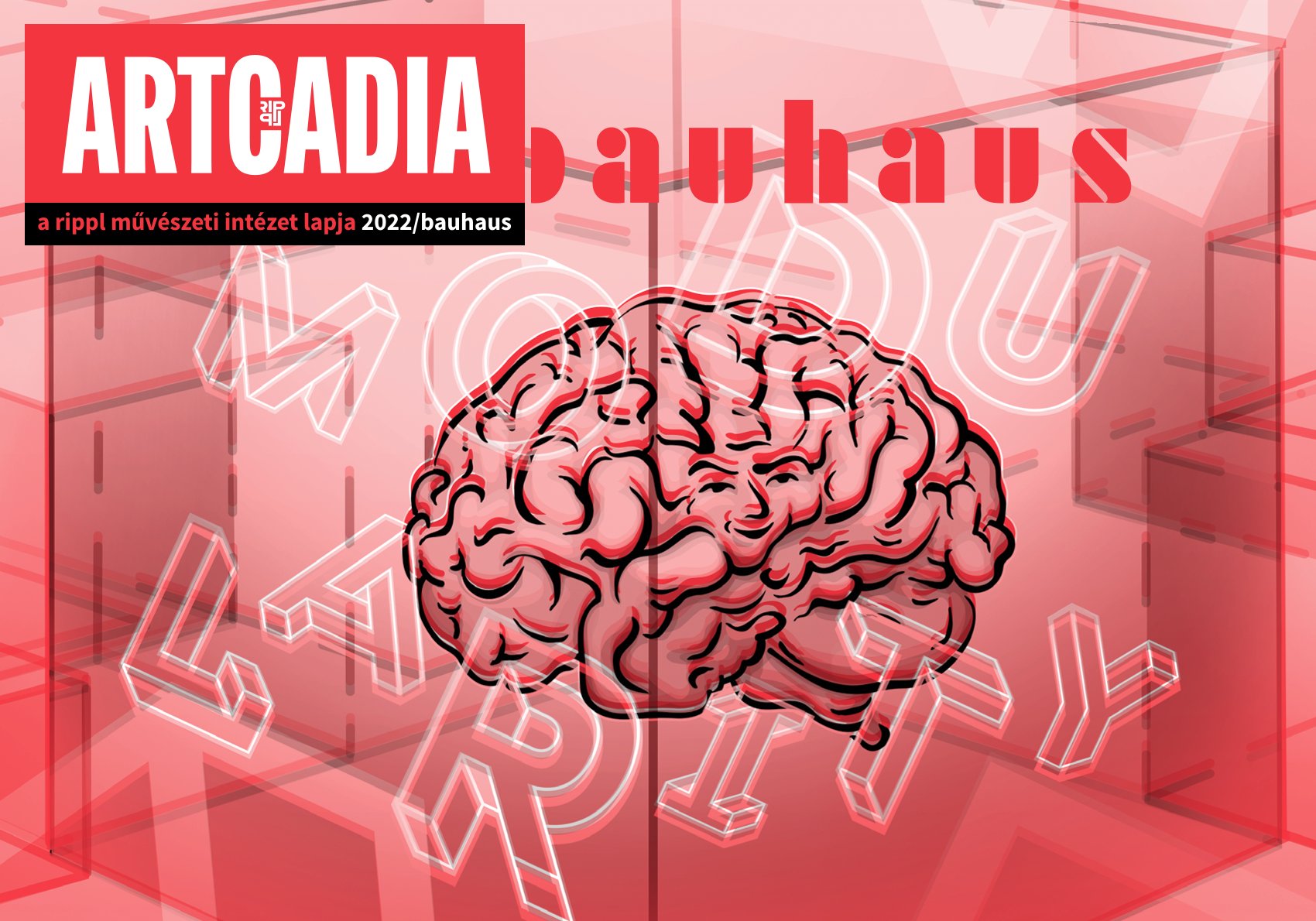Experience, recognition, knowledge
DOI:
https://doi.org/10.57021/artcadia.3290Keywords:
Bauhaus, centenary programme, art education, pedagogy, experience-based learningAbstract
In the 2018/2019 academic year, we followed the methods of
the 100-year-old Bauhaus at the Rippl-Rónai Art Institute:
we researched, studied and tested the contemporary validity and possibilities of Bauhaus pedagogy, artistic approach and style. The unity of experience - recognition - knowledge was linked by the legendary Bauhaus teacher Johannes Itten with the motto of play, party and work. This paper describes the process from theory to practice: this is how we worked, played and celebrated the Bauhaus together in Kaposvár.
References
Albers, Josef. „Alkotásra nevelés (1928).” Fordította Tandori Dezső. In A Bauhaus. Válogatás a mozgalom dokumentumaiból, szerkesztette Mezei Ottó, 160–166. Budapest: Gondolat, 1975.
Bakos Katalin. Bortnyik Sándor és a Műhely. Bortnyik Sándor tervezőgrafikai munkássága (1914–1947) és a „magyar bauhaus” (1928–1938). Budapest: L’Harmattan – Kossuth Klub, 2018.
Droste, Magdalena. Bauhaus 1919-1933. Budapest: Taschen/Vince Kiadó, 2003.
Forgács Éva. „A Bauhaus és a művészet új fogalma.” Valóság, XVI. évf., 6. sz. (1973): 21–32.
Forgács Éva. Bauhaus. Pécs: Jelenkor Kiadó, 2010.
Haus, Andreas. „Moholy-Nagy László fotókísérletei.” Fordította Kelemen Pál. In A művészettől az életig. Magyarok a Bauhausban, szerkesztette Bajkay Éva, 234–247. Pécs: Janus Pannonius Múzeum, 2010.
Itten, Johannes. „A Bauhaus előkészítő tanfolyama (1963).” Fordította Kurucz Gyula. In A Bauhaus. Válogatás a mozgalom dokumentumaiból, szerkesztette Mezei Ottó, 71–83. Budapest: Gondolat, 1975.
Kállai Ernő. „A Bauhaus tíz éve (1930).” Fordította Mezei Ottó. In A Bauhaus. Válogatás a mozgalom dokumentumaiból, szerkesztette Mezei Ottó, 252–254. Budapest: Gondolat, 1975.
Körner András. Weininger Andor színpadai a Bauhaustól New Yorkig. Budapest: 2B Kulturális és Művészeti Alapítvány, 2008.
Moholy-Nagy László. „A fotogram és határterületei (1929).” Fordította Kurucz Gyula In A Bauhaus. Válogatás a mozgalom dokumentumaiból, szerkesztette Mezei Ottó, 212–213. Budapest: Gondolat, 1975.
Passuth Krisztina. Moholy-Nagy László. Budapest: Corvina Kiadó, 1982.
Schlemmer, Oskar. „Tananyag: Az ember (1927).” Fordította Horváth Katalin. In A Bauhaus. Válogatás a mozgalom dokumentumaiból, szerkesztette Mezei Ottó, 155–159. Budapest: Gondolat, 1975.
Schmidt-Nonne, Helene. „Hogyan tanított Paul Klee Weimarban és Dessauban.” Fordította Karátson Gábor. In Paul Klee. Pedagógiai vázlatkönyv. Budapest: Corvina, 1980.
Siebenbrodt, Michael. „Magyar művek a Bauhaus művészi-alkotói képzésében.” Fordította Schulcz Katalin. In A művészettől az életig. Magyarok a Bauhausban, szerkesztette Bajkay Éva, 118–129. Pécs: Janus Pannonius Múzeum, 2010.
Sz. Rados Márta. „A Bauhaus műhelyei.” Építés- és Közlekedéstudományi Közlemények VI. kötet, 4. sz. (1962): 525–551.
Valdivieso, Mercedes. „Ünnepek és hétköznapok.” Fordította Schulcz Katalin. In A művészettől az életig. Magyarok a Bauhausban, szerkesztette Bajkay Éva, 300–315. Pécs: Janus Pannonius Múzeum, 2010.
Downloads
Published
Issue
Section
License
Copyright (c) 2022 Szabó Zsófia

This work is licensed under a Creative Commons Attribution-NonCommercial-NoDerivatives 4.0 International License.


